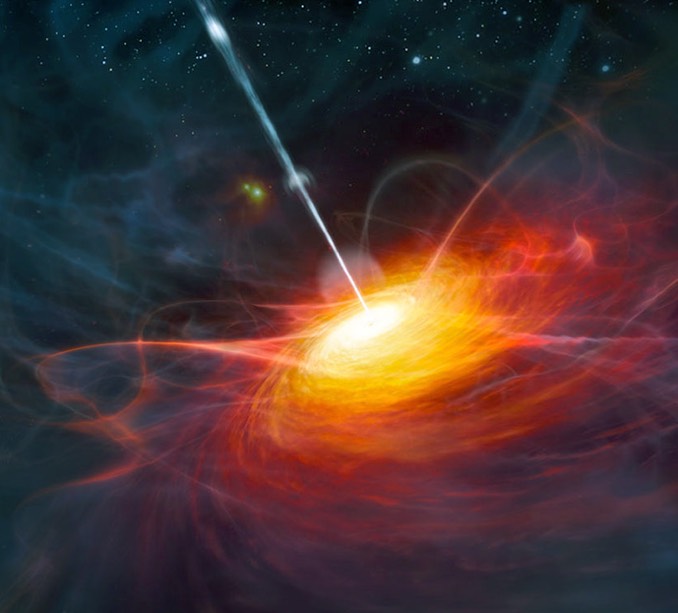
Quantum entanglement, a phenomenon once described by a skeptical Albert Einstein as “spooky action at a distance,” refers to an apparently instantaneous connection between two particles sharing an initially identical quantum state. According to quantum theory, measurements performed on one such particle will instantly affect or influence the quantum state of the other even if they are at opposite ends of the universe.
In 1964, the physicist John Bell developed a theorem governing correlations between components of quantum systems, those that can only be described from a probabilistic viewpoint due to a built-in uncertainty, and classical systems, in which everything about the system’s components can, in theory, be known.
Bell’s inequality, as it came to be known, provided a way to determine if observed correlations were due to quantum entanglement or possibly the result of “hidden variables,” that is, unknown phenomena that could make two components appear to be entangled when, in fact, the particles’ behaviour could be described classically, without any need for “spooky action at a distance.”
Quantum theory has proven to be extraordinarily successful and hidden variables, if they exist, remain well out of sight. Even so, researchers plumbing the theoretical depths of Bell’s theorem have continued work to test a handful of loopholes that could offer a route back to a more deterministic universe.
The “freedom of choice” loophole is one such beast. The idea is that a particle detector’s settings could somehow be influenced by a shared “causal past” affecting which properties of a particle get measured, according to an MIT description of the experiment. While such a scenario might be far fetched, it “implies that a physicist running the experiment does not have complete free will in choosing each detector’s setting.”
To take the measurement choice out of the equation, a team of researchers at the Massachusetts Institute of Technology devised an elegant experiment that uses the light from two distant quasars to determine the measurements to be made on pairs of entangled photons.
The experiment was set up in the Canary Islands using the 4-metre William Herschel Telescope and the Telescopio Nazionale Galileo. The telescopes are separated by about one kilometre (0.62 miles). One telescope was aimed at a quasar 12.2 billion light years away while the other targeted a quasar at a distance of 7.8 billion light years.
Working at a station between the two telescopes, the MIT team created pairs of entangled photons and beamed them in opposite directions toward each telescope. While the particles were in transit to detectors, photons from the quasars were analysed to determine if they were slightly more red or blue. The result automatically set the angle of polarisers in the detectors that captured the entangled photons.
The quasars, in effect, “chose” the detector settings.
During two 15-minute runs using two different pairs of quasars, the researchers measured 30,000 pairs of entangled photons. They found strong quantum mechanical correlations.
“If some conspiracy is happening to simulate quantum mechanics by a mechanism that is actually classical, that mechanism would have had to begin its operations — somehow knowing exactly when, where and how this experiment was going to be done — at least 7.8 billion years ago,” said Alan Guth, the Victor F. Weisskopf Professor of Physics at MIT and co-author of a paper describing the results.
Added David Kaiser, professor of physics and the history of science at MIT: “The Earth is about 4.5 billion years old, so any alternative mechanism — different from quantum mechanics — that might have produced our results by exploiting this loophole would’ve had to be in place long before even there was a planet Earth, let alone an MIT. So we’ve pushed any alternative explanations back to very early in cosmic history.”



